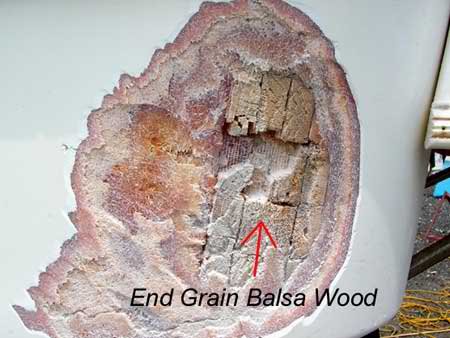MichaelB1969
Guru
- Joined
- Oct 15, 2016
- Messages
- 682
- Location
- USA
- Vessel Name
- Speedy Charlotte
- Vessel Make
- Beneteau Swift Trawler 44
First off, for all those affected by the storm, my heart goes out to you.
I've got a big area above the chine with gelcoat cracks. From the looks of it, seems like something impacted the center of this area, but I don't recall hitting anything that high above the chine. We would have noticed it in the water.
I did recently strike something under the water on two separate occasions a few weeks ago heading down to Monterey where we felt a thud and an accompanying sound beneath us. No idea what they were. But again, this was under the waterline for sure.
Any thoughts?
P.S. I still haven't talked about my diesel fuel episode from that trip where water started gushing up from the tank. I'm still traumatized. Need more time.
I've got a big area above the chine with gelcoat cracks. From the looks of it, seems like something impacted the center of this area, but I don't recall hitting anything that high above the chine. We would have noticed it in the water.
I did recently strike something under the water on two separate occasions a few weeks ago heading down to Monterey where we felt a thud and an accompanying sound beneath us. No idea what they were. But again, this was under the waterline for sure.
Any thoughts?
P.S. I still haven't talked about my diesel fuel episode from that trip where water started gushing up from the tank. I'm still traumatized. Need more time.


